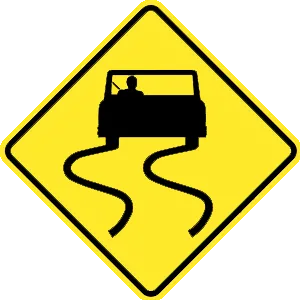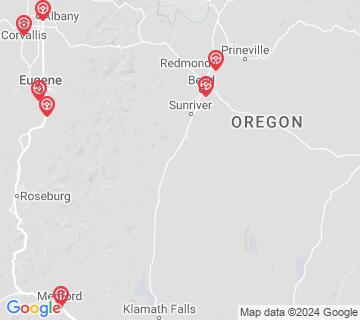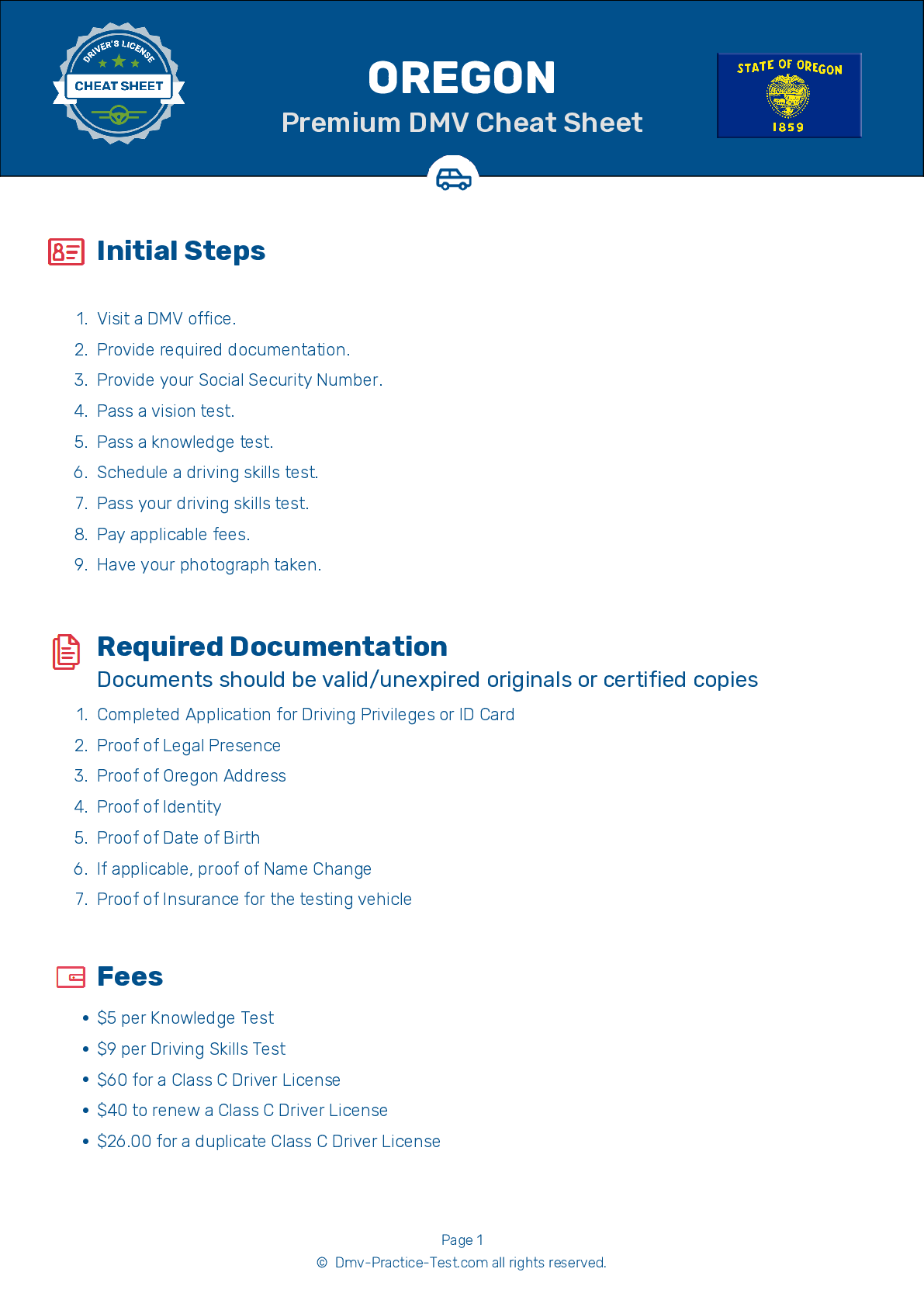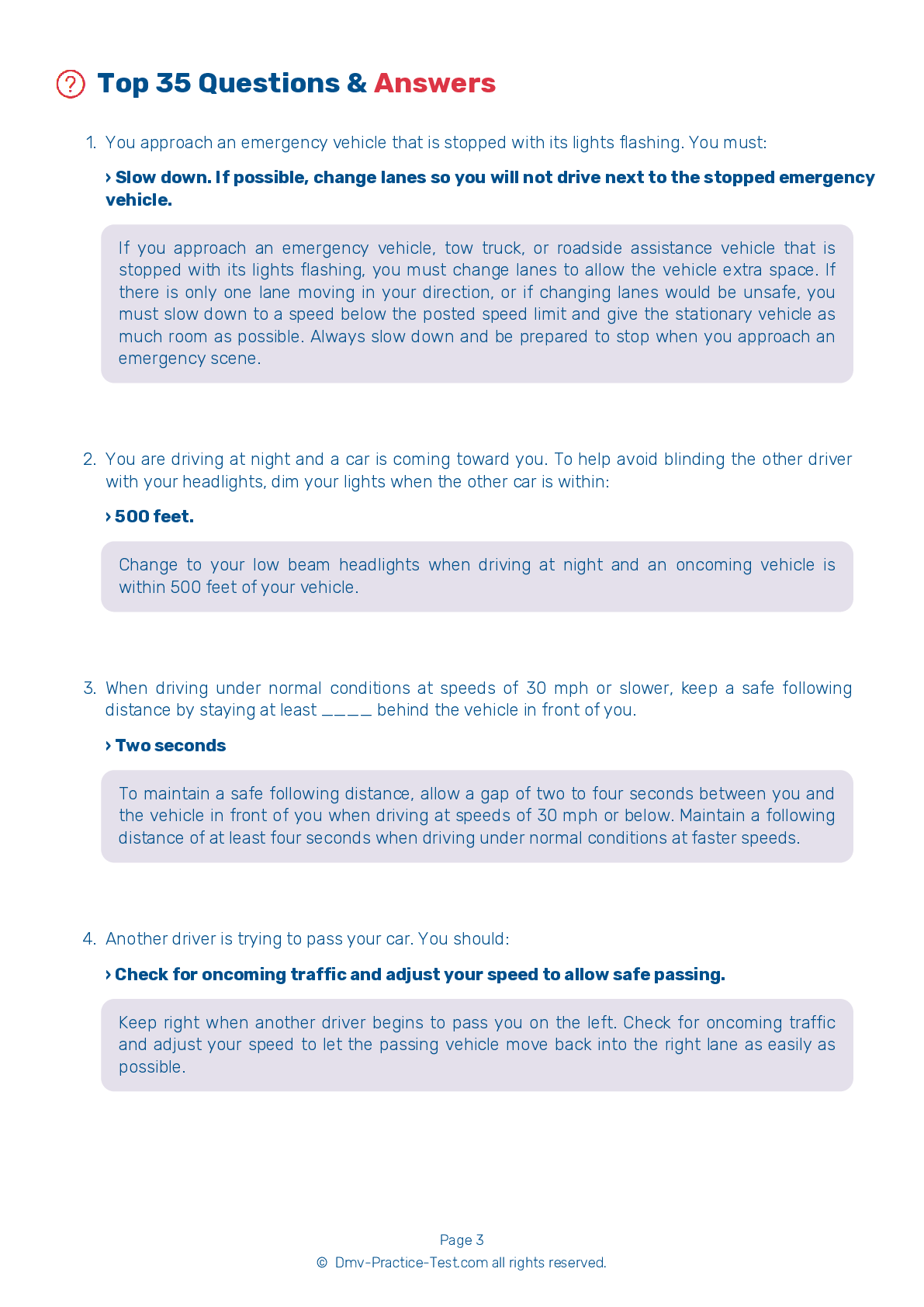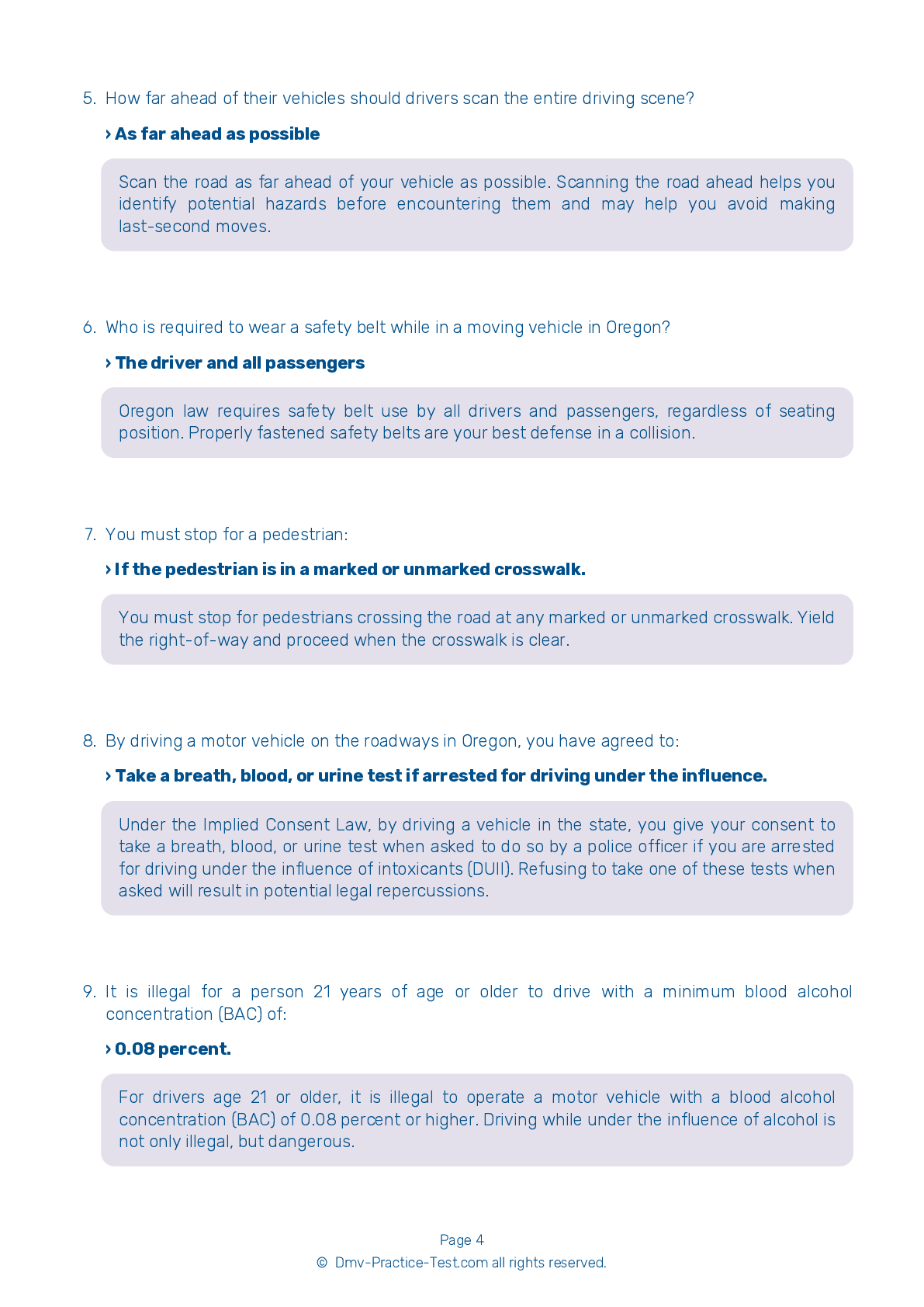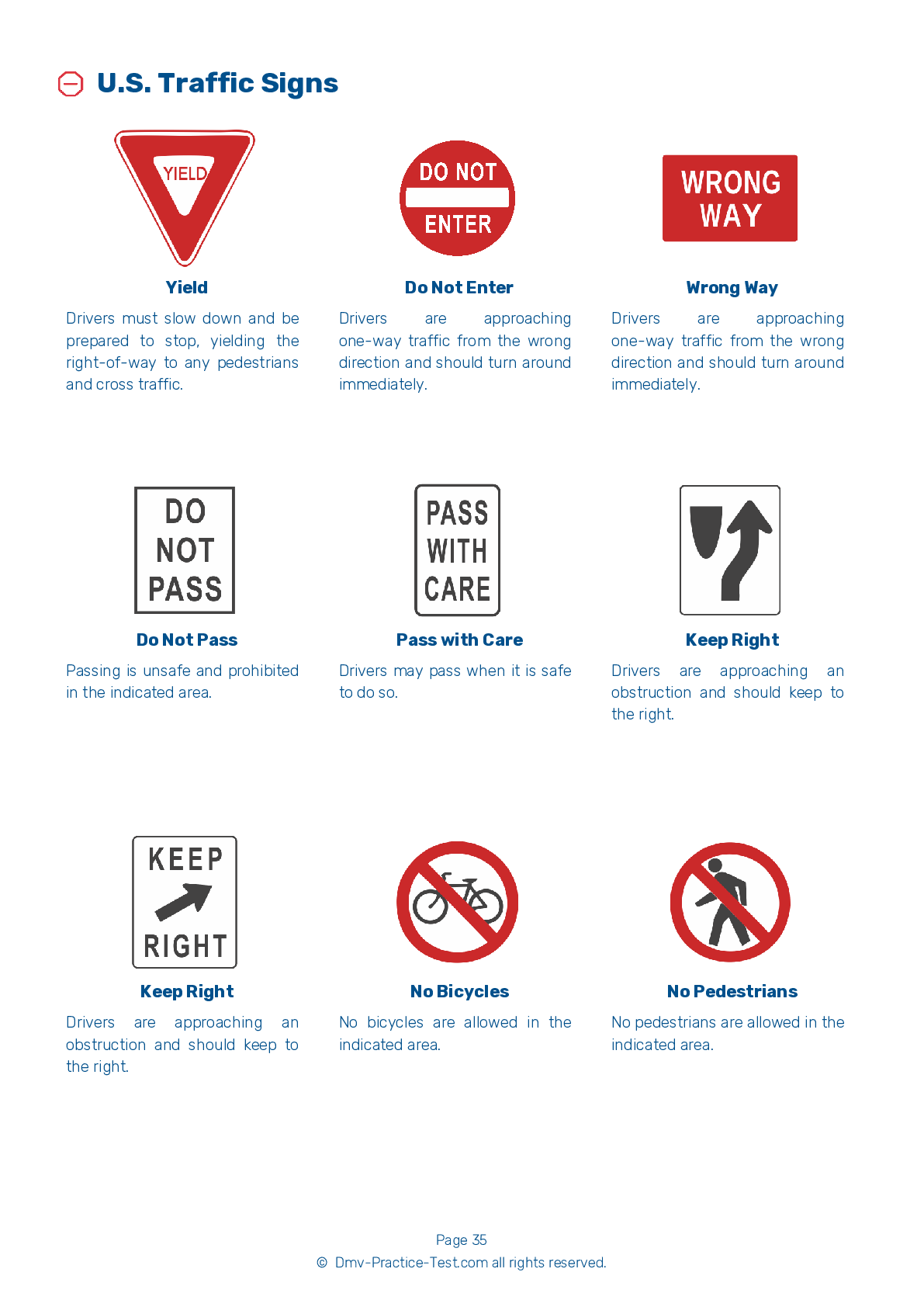FREE Oregon DMV Practice Test #22 Page 5 of 5
The practise exams for the Oregon DMV have been updated for January 2025. It includes questions based on the most important traffic signals and regulations for 2025 from the Oregon Driver Handbook. To study for the DMV driving permit test and driver's licence exam, use actual questions that are very similar (often identical!) to the DMV driving permit test and driver's licence exam.
Each question on the practise exam has a tip and explanation to help you recall the ideas. Questions about traffic rules, traffic signs, and driving statutes, as well as knowledge from the Driver Handbook, will be included in the written portion of the official Oregon DMV test.
You must properly answer 28 of the 35 questions to receive a passing mark. Use the Oregon Department of Motor Vehicles' practise exam to help you prepare for your instruction permit or driver's licence.
The DMV exam is offered in a variety of languages.
Using any form of testing help will result in an automatic fail, and the DMV may take further action against your driver's licence, so avoid it.
29 . Signaling your intentions before turning, changing lanes, or driving away from a curb:
When changing lanes or turning, signal your intentions well in advance. The law requires that you signal for at least 100 feet before you move your vehicle to the right or left. Before pulling away from a curb, always signal to inform passing drivers of your intentions.
30 . When stopped for a traffic violation or at an equipment check, the driver must produce:
When stopped for a traffic violation or at an equipment check, the driver is responsible for producing their license, proof of registration, and proof of insurance. Drivers are required to have all three of these documents in a vehicle when it is being driven.
31 . This road sign means:
